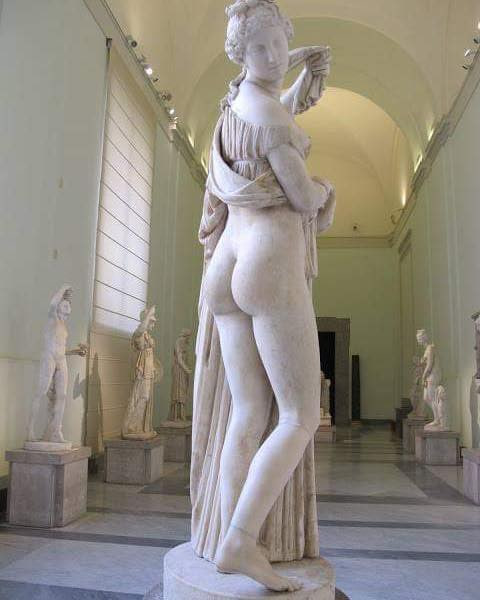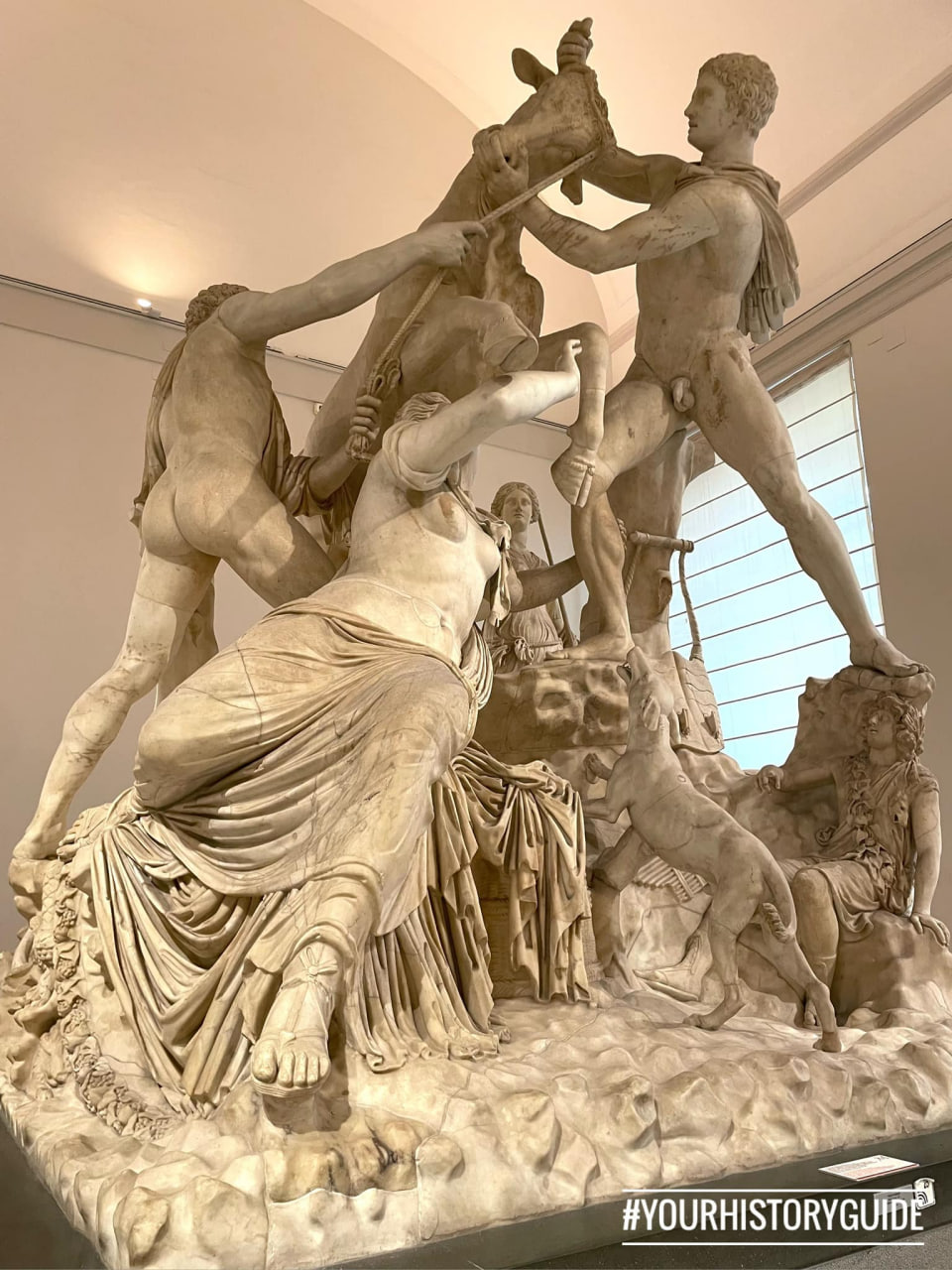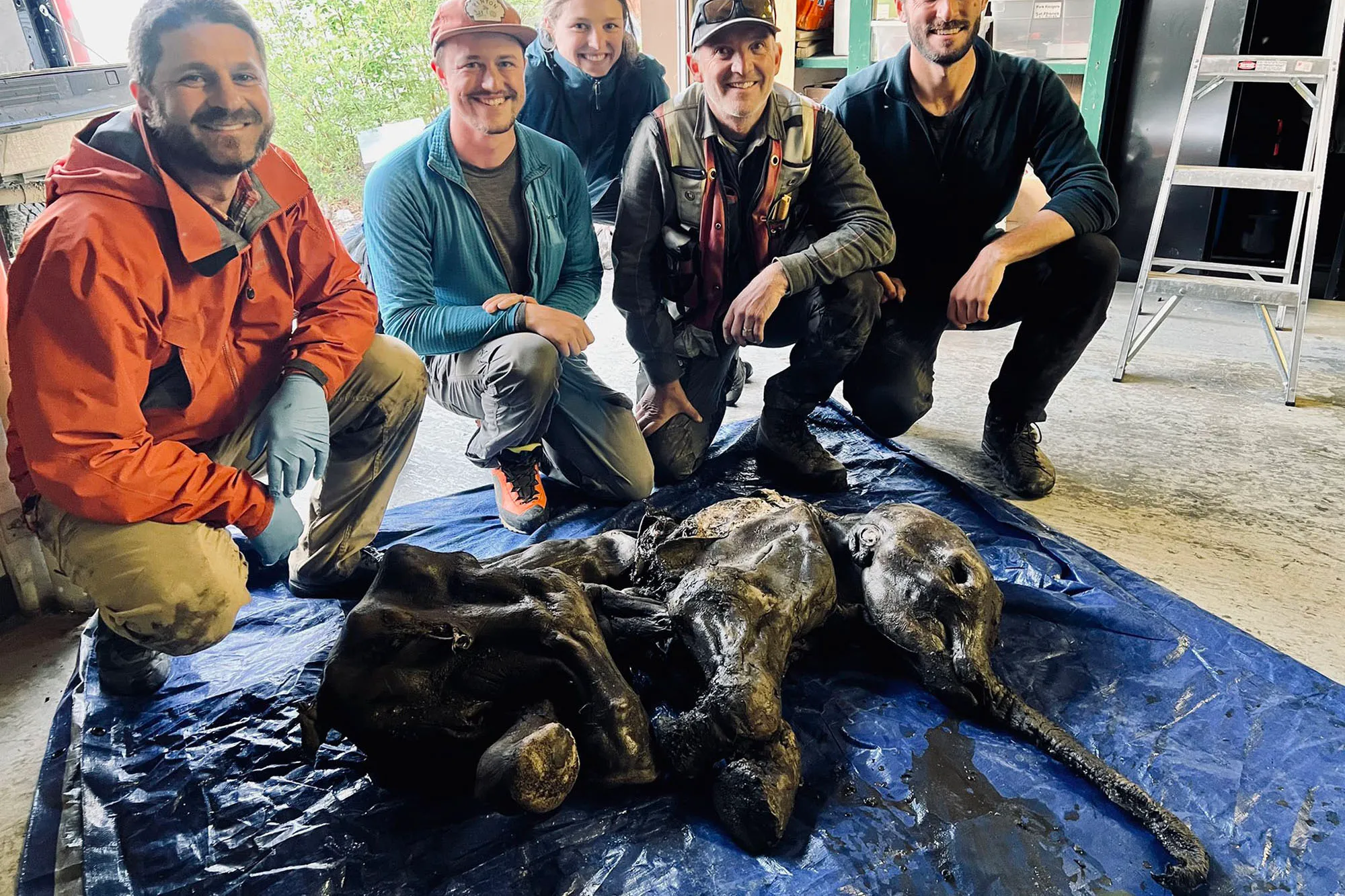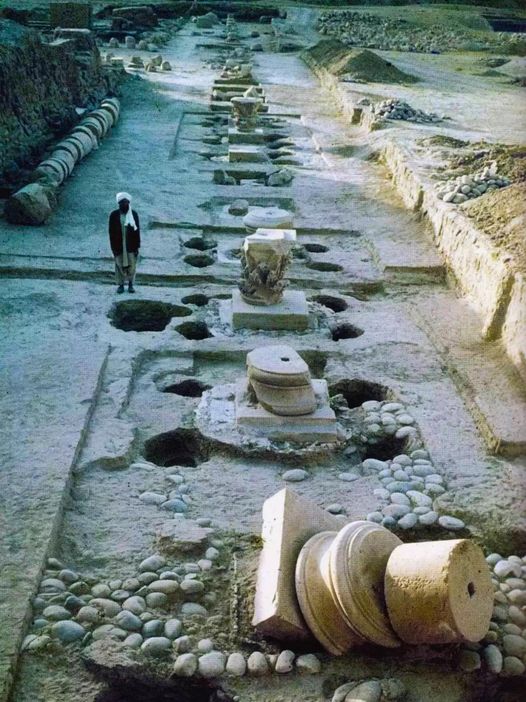In the world of art, few names command as much reverence and admiration as Gian Lorenzo Bernini, the Italian sculptor whose masterpieces have left an indelible mark on the history of art. Among his many remarkable works, the "Allegory of the Nile" stands out as a testament to his extraordinary talent and creative vision.
Exploring the Allegory of the Nile - Gian Lorenzo Bernini's Terracotta Masterpiece
In the world of art, few names command as much reverence and admiration as Gian Lorenzo Bernini, the Italian sculptor whose masterpieces have left an indelible mark on the history of art. Among his many remarkable works, the "Allegory of the Nile" stands out as a testament to his extraordinary talent and creative vision. Crafted in the 17th century from terracotta, this exquisite sculpture captures the essence of the Nile River in all its majestic splendor. In this blog post, we embark on a journey to explore the symbolism and significance of Bernini's masterpiece, uncovering the hidden depths of meaning that lie within its delicate contours.

Unveiling the Allegory: A Closer Look at Bernini's Terracotta Sculpture
The "Allegory of the Nile" is a triumph of artistic expression, skillfully rendered in terracotta by the masterful hands of Gian Lorenzo Bernini. At first glance, the sculpture presents a serene and tranquil scene, with the figure of the Nile personified as a reclining male figure, surrounded by various aquatic creatures and symbols of fertility. Yet, upon closer inspection, the allegory reveals layers of symbolism and meaning, inviting viewers to contemplate the deeper mysteries of nature and existence. From the flowing contours of the river to the intricately detailed flora and fauna, every element of the sculpture contributes to its overall sense of harmony and balance.
Symbolism and Allegory: Decoding Bernini's Artistic Language
Central to the composition of the "Allegory of the Nile" are the symbolic elements that populate its sculpted landscape. The reclining figure of the Nile represents not only the physical river itself but also the life-giving forces of water and fertility that have sustained civilizations for millennia. Surrounding the central figure are a variety of animals and plants, each imbued with its own symbolic significance. From the crocodile, symbolizing the dangers of the river, to the palm tree, representing abundance and prosperity, Bernini's careful selection of imagery creates a rich tapestry of meaning that speaks to the timeless themes of nature and renewal.
Bernini's Legacy: The Influence of the Allegory of the Nile
As one of Gian Lorenzo Bernini's lesser-known works, the "Allegory of the Nile" nonetheless holds a special place in the artist's oeuvre, showcasing his unparalleled skill and imagination in capturing the essence of nature through sculpture. Its influence can be seen in later generations of artists who drew inspiration from Bernini's innovative approach to form and composition. From the Baroque period to the present day, the "Allegory of the Nile" continues to captivate audiences with its timeless beauty and profound symbolism, reminding us of the enduring power of art to inspire and uplift the human spirit.
Ancient Discoveries: Echoes of the Past in Bernini's Allegory
As we marvel at the "Allegory of the Nile" and contemplate its significance, we are reminded of the timeless connection between art and archaeology. Just as Bernini drew inspiration from the natural world and the rich tapestry of ancient mythology, so too do archaeologists and historians uncover the hidden treasures of the past, revealing glimpses of ancient civilizations and their enduring legacies. In this sense, Bernini's masterpiece serves as a bridge between past and present, inviting us to reflect on the profound mysteries of human existence and the enduring power of artistic expression.










